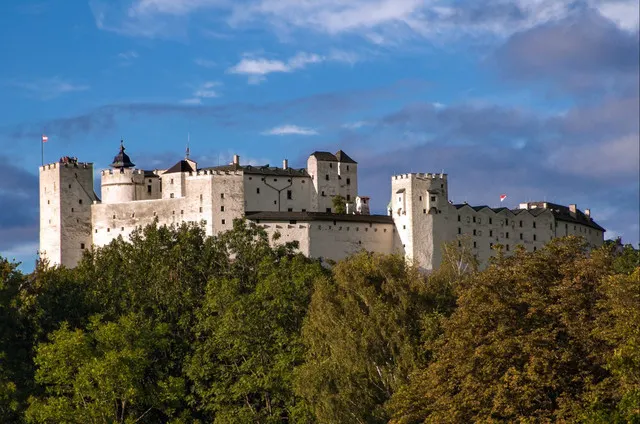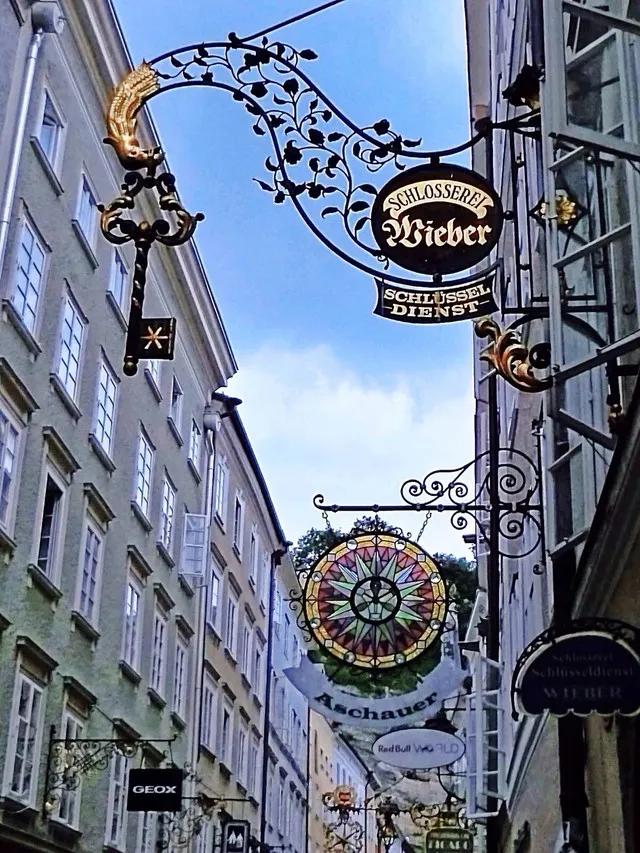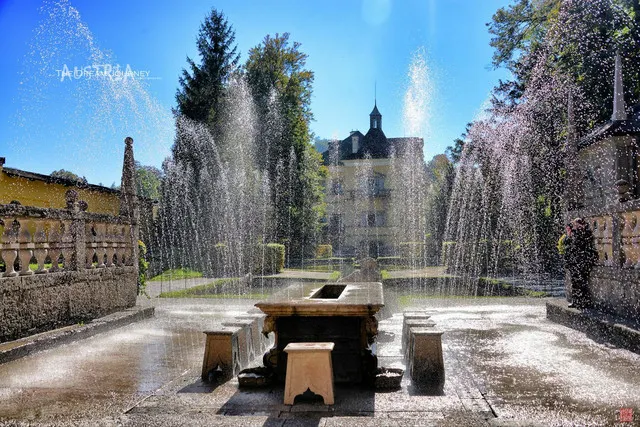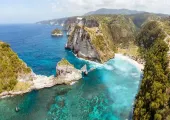7 Places to Visit in Salzburg
Catalogue
- Salzburg Castle: The City Landmark
- Salzburg Cathedral: Gorgeous Baroque Style
- Mirabell Palace: Where the Sound of Music is Shot
- Getreidegasse (Grain Lane): Iron Signs Famous All Over the World
- Mozart's Birthplace: Must-go for True Fans
- Schloss Hellbrunn and Trick Fountain: Beware of Mischief
- Mozart's Residence: Originally Referred to as the Dance Master’s House
Show More
7 places to visit in Salzburg
Salzburg Castle (Festung Hohensalzburg) is the city's landmark located in the at a hilltop at the old town; It has a long history beginning with its foundation in 1077, and was gradually expanded through the generations of archbishops. It is one of Europe's largest medieval castles. Visitors come here not only to visit the museum, but also to have a drink at the cafe in the corner of the castle and enjoy the scenery of the mountains and the view looking out of the mountains. The courtyards along the north and south of the castle walls are the best place for photographers to take pictures of the city.

The Salzburg Cathedral (Salzburger Dom) is located in the heart of the old town. Its splendid façade and huge dome are examples of the early Baroque architecture of the northern Alps. From the original foundation built in the year 774, it had undergone a series of expansions, renovations, destruction by fire and reconstruction up until the Archbishop-Paris-London era formed the current architectural style of the Cathedral. It can be said that this monument is well preserved with the Cathedral maintaining its shape from the time, and undamaged internal structure. The interior is covered with exquisite paintings and carvings that extend from the walls to the dome. Wolfgang Amadeus Mozart was baptized here and he was also a court organist in the Cathedral. The church museum has a wealth of collections that are worth visiting.
Mirabell Palace: Where “The Sound of Music” was filmed The Mirabell Palace (Schloss Mirabell) is where "The Sound of Music" was filmed. In the movie, main character Maria and the children sing “Do-Re-Mi” and reach the Mirabellgarten, where the frolic and sign around the Pegasus Fountain. Afterwards they go to Rose Hill through the garden. The Mirabell Palace is a white building that was built by Archbishop Paris-Lodron for his paramour. After he stepped down, the building was renamed Mirabell, to conceal his picadillo. The Mirabell Garden is small and the scenery mainly depends on shaping of flowers and plants as well as contrasting colors.

Getreidegasse(Grain Lane) may be one of the most lively streets in Old Salzburg, and is one of the small streets that might best reflect the ethos of medieval Europe. The front of each building clearly indicates its year of construction, as well as each shop having interesting right iron signs! These signs retain old time imagery of carriages, wagon wheels, geese, deer, hats, and umbrellas to clearly indicate what services or products the store provides. The street also features the world’s first wrought iron McDonald's sign! Getreidegasse has been a famous commercial street in Salzburg since ancient times, and those small streets that intersect this one also feature their own shops, which are independent. There are not only a variety of souvenir shops, but also high-end retail stores like Escada, LV, and Hermes. Also, No. 9 Getreidegasse is the birthplace of Wolfgang Amadeus Mozart.

Genius musician Wolfgang Amadeus Mozart's birthplace is at No. 9 of the Old Town Main Street, Grain Lane (Getreidegasse). It is a yellow building erected with Austria’s yellow flag and a harp sign. Mozart's father was a violinist who lived on the third floor of the building from 1747 to 1773. In 1880, the first museum was built in Mozart's birthplace and it gradually transformed into today’s Mozart Birthplace Museum, attracting thousands of Mozart and classical music lovers. Here it shows the Mozart family home, the musical instruments used at the time, historical documents, portraits, souvenirs and letters belonging to the Mozart family, etc.

The Schloss Hellbrunn and Trick Fountain (Hellbrunn & Wasserspiele) is located a few kilometers south of Salzburg and was built in 1612 by the then ruling prince-archbishop Markus Sittikus as a summer residence. It has a pleasant garden where locals like to walk and exercise. The owner of the palace is an amusing person that liked to design various tricks to tease people. The fountain is his biggest accomplishment. The tour guide will patiently explain and show the secret features to everyone. Visitors that enter into the fountain will typically get splashed and must stay alert for more mischief from the tour guide!

In 1711, Lorenz Speckner was licensed to offer dance lessons to the 17th century aristocratic families in the building. It was later named as the Dance Master’s House (Tanzmeisterhaus). Mozart moved into their apartment in 1773 of this building and created a large number of different varieties of work here. A bomb from World War II destroyed two-thirds of the building in 1944. In 1945, the Mozart Foundation decided to restore the building and build a museum there. The museum was not built until 1994, and it was opened in 1996 as the residence of Mozart. In addition to the halls of the original Dance House, the museum has a lot of Mozart’s old works, documents, and correspondence. But if you don't have much interest in classical music, especially Mozart's work, then don’t spend money visiting the museum. The documentation inside is relatively difficult to understand, especially for those with no foundation.

Trending Travelogues
Popular Trip Moments
Popular Travel Types
Popular Attractions
Popular Ranked Lists
Popular Destinations
Recommended Attractions at Popular Destinations
About













Site Operator: Trip.com Travel Singapore Pte. Ltd.







